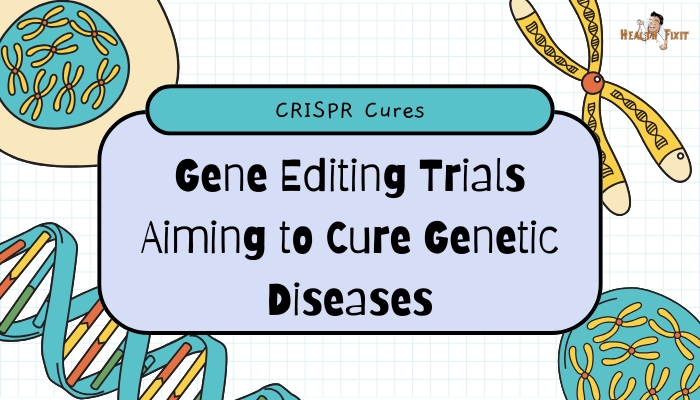Platelets circulates within the body and when they recognize damaged blood vessels, they bind together to clot the blood and prevent further bleeding. Platelet is the smallest blood cell and is only visible under the microscope.
It is called platelet because it looks like small plates. During injury or damage, the blood vessels will send signal to the platelets and they will then travel to the area of damage and transforms into active form. Once the platelets are in their active form, they will grow long tentacles, which resembles like an octopus or spider.

Image 1 : A group of food that can significantly increase the number of platelets in the body
Photo Source : www.medindia.net
 Picture 2 : A patient with a petechial rash
Picture 2 : A patient with a petechial rash
Photo Source : mayaclinic.in
Healthy platelet count – Normal range
A normal platelet count ranges between 150,000 and 450,000 per microliter of blood. If there is more than enough level of platelet, the patient is suffering from thrombocytosis. If the platelet is abnormally low, the patient is suffering from thrombocytopenia. The number of platelet can be easily checked through complete blood count test (CBC).
Symptoms of low platelet in the blood
- Easy bruising
- Rash, specifically a number of petechiae or also known as purpura
- Frequent bleeding from the nose and gums
- Bleeding of the gastrointestinal tract as seen on melena (blood in the stool)
- Blood in the urine
- Bloody or dark vomit
What causes a low platelet count? The platelet drops if there are circumstances that prevent the body from producing platelets. It could be due to inherited condition, side effects of medications, kidney infection, too much level of alcohol in the blood, adverse effect of chemotherapy, and viral diseases like Dengue fever.
However, there are a few circumstances when the number of platelets goes a bit lower such as during pregnancy and when women over their menstrual cycle.
An abnormally low or severely low platelet should be addressed the soonest time possible because it can put the patient at risk for bleeding. The bleeding is even more possible if the platelet count goes below 50,000 per microliter. You could bleed even if you have no injury at all. If the platelet count is below 5,000 per microliter, you could suffer from spontaneous bleeding. It can put your life in danger.
Diagnosis and Treatment
Before implementing measures on how to increase platelet counts, you should first come up with the right diagnosis. To correctly diagnose the condition of the patient, the doctor will ask questions and will conduct a thorough physical examination.
A complete blood count is ordered to check the platelet concentration. In a severe condition, a bone marrow biopsy is needed.
How to increase platelet count?
There are various ways to increase platelet count. If you want to know how to increase platelet count fast, then you need to find out the cause of low platelet and severity of condition. If the platelet is mildly low, the doctor will monitor your condition and will refrain you from doing things that could worsen your condition.
You should avoid contact sports and activities that could lead to bruising or bleeding. Furthermore, you have to limit if not totally avoid alcohol consumption. Any medications that can affect the level of platelet should be stopped. Examples are aspirin and ibuprofen.
If the level of platelet is severely low and you are looking for ways on how to increase platelets instantly, the solutions are as follows:
- Blood/platelet transfusions
- Stop the drugs that caused low platelet
- Block the platelet antibodies by taking corticosteroids
How to increase low platelet count naturally?
Papaya
If you are looking for ways on how to increase platelet count during dengue or whatever the reasons are, then all you need is papaya. The fruits and leaves of papaya can increase the number of platelet in just a few days. Patients suffering from dengue fever will see an increase in their level of platelet after taking papaya leaves juice.
If you don’t like the taste of the leaves, then you can just eat a ripe papaya. You can also drink a glass of papaya juice. Add lemon juice for added vitamin C. drink papaya juice two to three times a day and your platelet will increase in no time.
Wheatgrass
It is one of the commonly used home remedies for low platelet. It will not only increase platelet count, but as well other blood components like haemoglobin, white blood cells, and red blood cells. Wheatgrass has a high level of chlorophyll, which has a molecular structure similar to that of the haemoglobin molecule. A cup of wheatgrass juice a day can significantly increase the level of platelet.
Pumpkin
How to increase platelet count through diet? The answer is pumpkin. You need to add a lot of pumpkin to your diet. It can improve the level of platelet. Pumpkin is rich in vitamin A, a nutrient useful for the proper development of platelet.
Pumpkin does a very good job in regulating protein in the cells, which plays a vital role in increasing the level of platelet. You can drink a glass of pumpkin juice two to three times a day. You can also include pumpkin in your favorite dishes and baked goodies.
Spinach
Spinach is rich in vitamin K, which is useful in the production of platelet. Vitamin K plays a very important role in the blood clotting process. If your platelet is low, you should eat plenty of spinach to avoid bleeding. Enjoy spinach by adding in vegetable salads. You can also make spinach soup, smoothie, or as a side dish. You can also drink spinach juice two to three times a day.
Vitamin C
Increasing your intake of foods rich in vitamin C can help improve the level of platelet. Vitamin C is a potent antioxidant. It plays a vital role in preventing free-radical mediated damage of the platelets. Examples of foods high in vitamin C content includes oranges, lemons, kiwi, cantaloupes, spinach, broccoli, and bell peppers. If you don’t like the taste of these foods, then your best option is vitamin C supplement.
Indian Gooseberries
Indian gooseberries can help elevate the level of platelet. It boost the immune system and improve the level of platelet. The ideal way of taking Indian gooseberries is early in the morning in an empty stomach. Eat at least three to four gooseberries.
Pomegranate
If your platelet is low, then you should eat a lot of pomegranate. It is rich in iron, which is helpful in improving the level of platelet in the blood. Pomegranate can be eaten raw. You can also squeeze and drink the juice.
Eat a lot of pomegranate for two weeks and you will see a significant improvement in your platelet and energy level.
Milk
The calcium in milk helps the body in regenerating a significant amount of platelets. Calcium works hand in hand with vitamin K and fibrinogen (milk protein) in improving the level of platelet in the body. It strengthens the ability of the blood to form clots. Other foods rich in calcium are yogurt, cheese, and organic dairy products.
Lean Protein
It is rich in zinc and vitamin B12. What lean protein does is it reverses the effect of low platelet. Examples of foods rich in lean protein are turkey, fish, oysters, and chicken.
References:
- www.thrombocyte.com
- www.top10homeremedies.com
- www.wikihow.com
- www.rapidhomeremedies.com
- www.quora.com
- www.livestrong.com
- https://en.wikipedia.org
- www.hopkinsmedicine.org
- www.healthline.com
- www.medicalnewstoday.com





